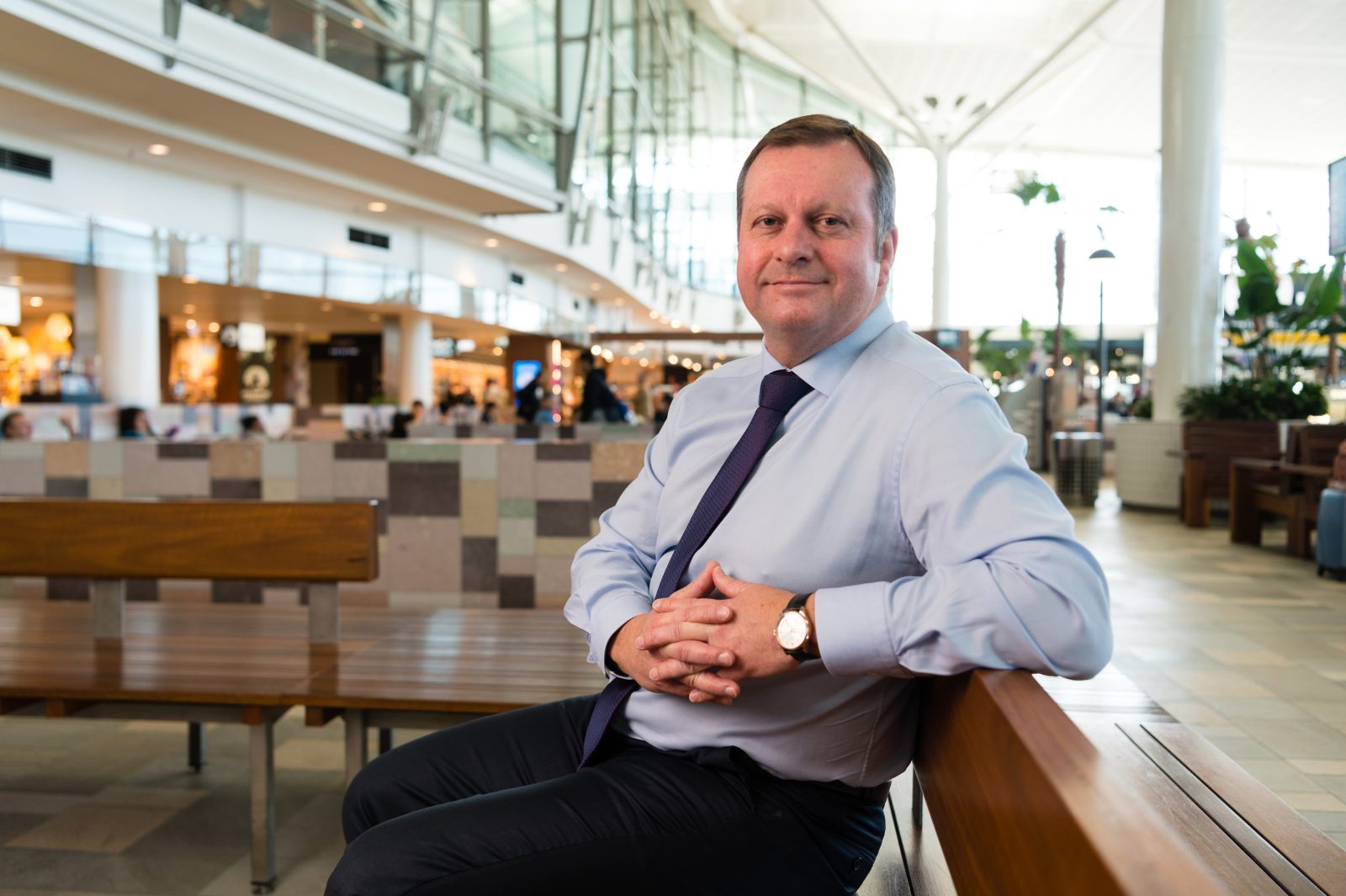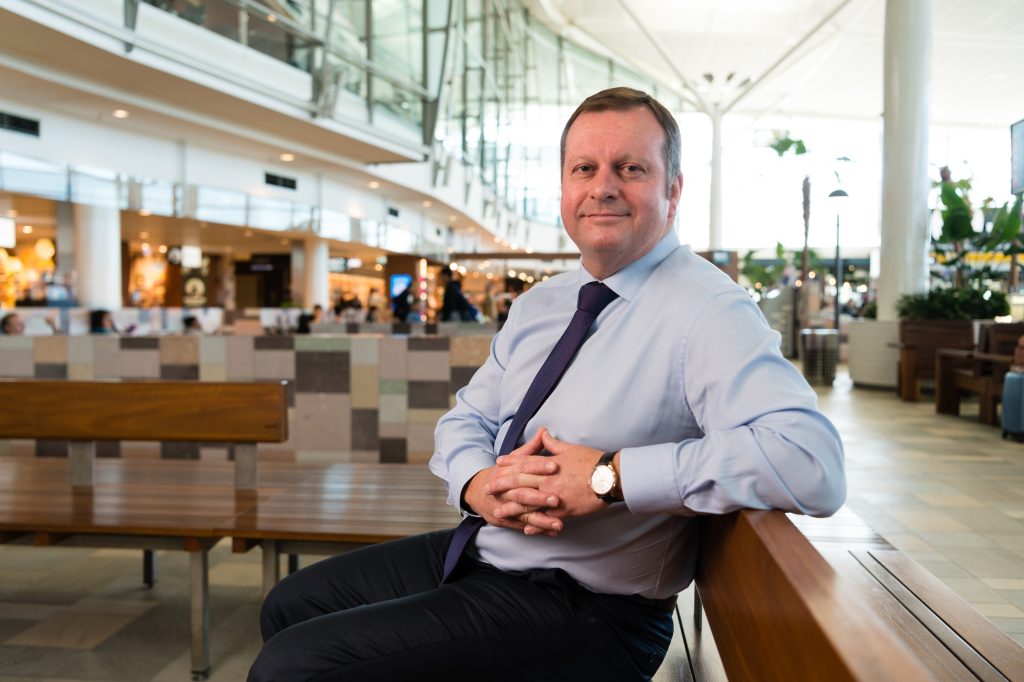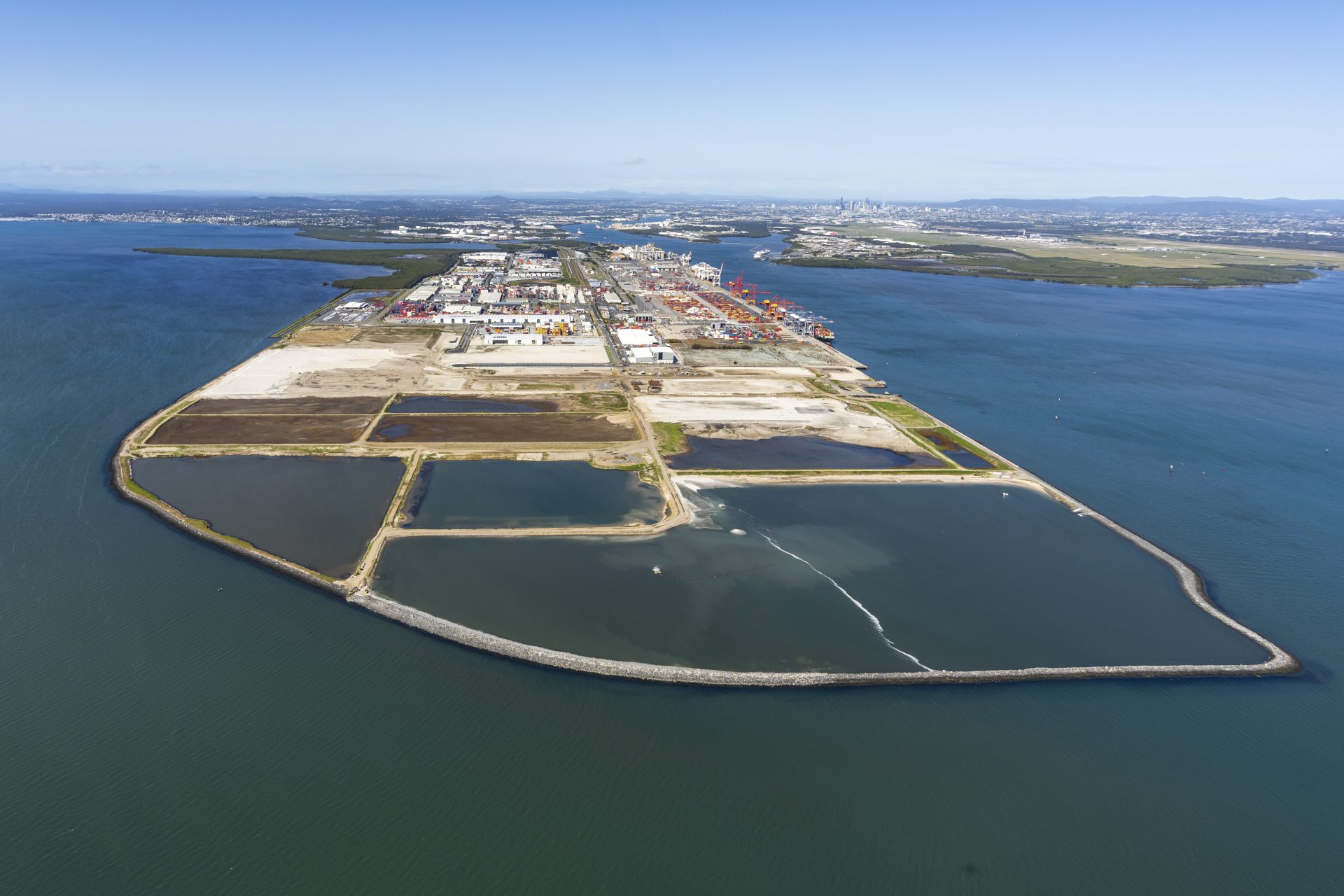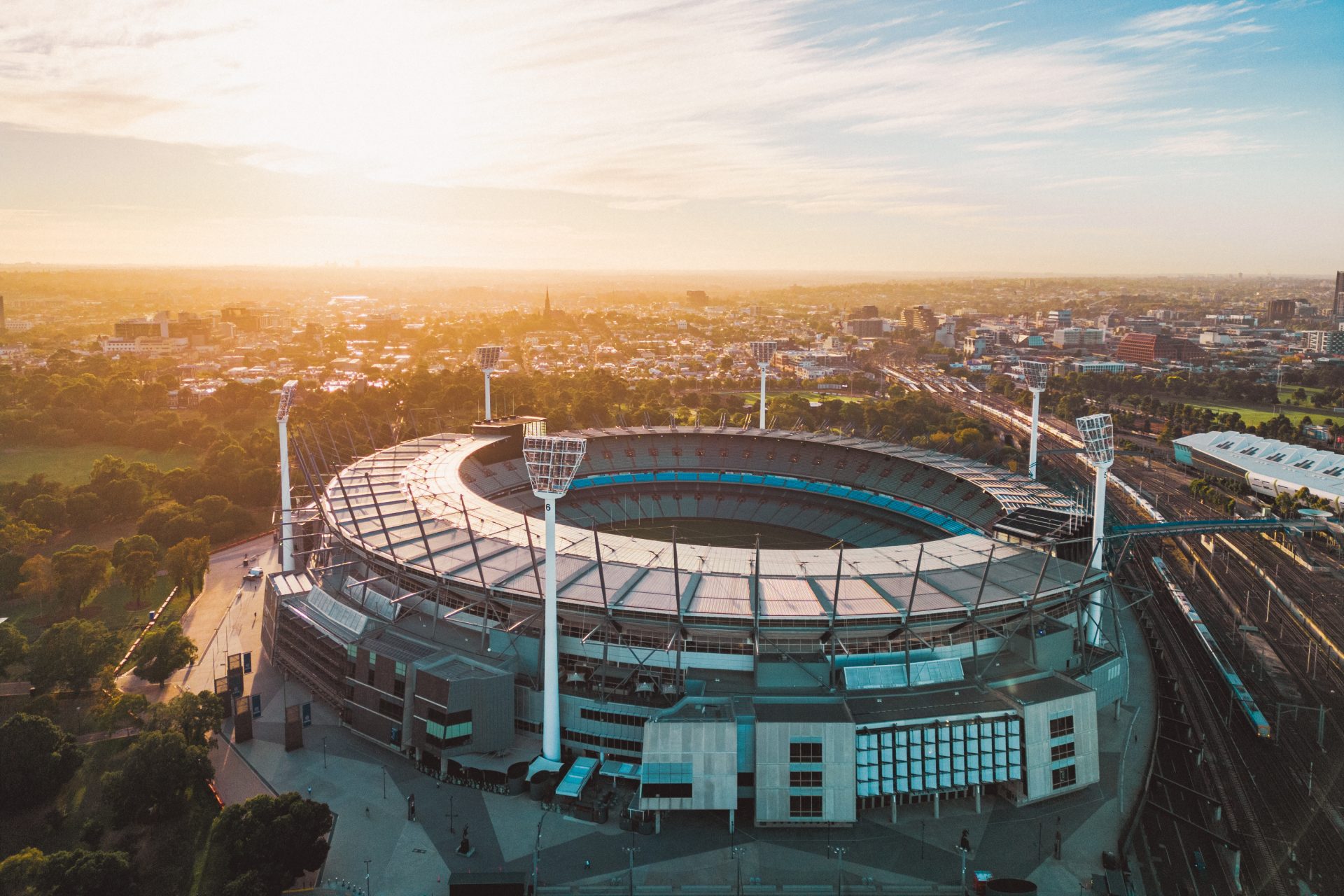A year ago, when Brisbane Airport accelerated its net-zero emissions deadline by 25 years to 2025, the ambition was to become “one of the planet’s most sustainable airports”.
However, chief executive Gert-Jan de Graaff is under no illusion that the real challenge is not so much to slash Scope 1 and 2 emissions sourced directly from the operations and indirectly from purchased electricity, which are the subject of the 2025 net zero target, but the more challenging Scope 3 emissions outside the airport’s control.
Notably, the latter includes aviation fuel consumed in take-off and landing manoeuvres, and people driving to and from the airport.
“Scope 3 emissions are 98 per cent-plus of our total airport emissions profile, which is a very large number,” the Brisbane Airport boss says.
“So we really need to sort out (Scope 3) for the future of our industry and the future growth of airports.”
At first glance, the aviation industry’s 2-3 per cent share of global emissions might seem relatively insignificant and not such a burning priority.
The concern is justified on closer examination because of the industry’s likely growth trajectory and its critical role in enabling and spreading the benefits of globalisation.
Since the withdrawal of COVID travel restrictions, overall passenger numbers have been returning to normal.
But once the COVID anomaly washes through the system, forecasts still point to consistent, year-on-year growth, driven by countries with a lower propensity to fly – such as India and China – acquiring the habit.
On top of that, as other sectors with easier-to-abate emissions press the decarbonisation accelerator, aviation’s share of global emissions could spike, possibly as high as 25 per cent, according to the International Civil Aviation Organisation.
The overwhelming representation of Scope 3 emissions in the aviation industry’s profile suggests an interconnected system with multiple entities.
It’s why Mr de Graaff often emphasises the importance of working with partners and stakeholders to “crack” the Scope 3 emissions-reduction nut.
“We’re working with everyone who wants to work with us to explore the opportunities,” he says.
“That includes initiatives related to electrical aircraft for shorter flights, green hydrogen for aircraft and other vehicles, and development of a supply chain in Australia for sustainable aviation fuel (SAF).”
“A local supply chain is going to be a real game-changer because we will always rely on sustainable aviation fuels for long-distance flying – electric and hydrogen-fuelled aircraft can’t fly those distances at the moment.”
The abatement initiatives and technologies currently under consideration by the aviation industry have a range of timelines.
Mr de Graaff is optimistic about the likely outcomes because the industry has a history of developing technological solutions to its challenges, such as fuel and noise efficiency.
Electric aircraft, for example, are already flying, and Brisbane’s Lord Mayor has made it clear that he wants to showcase a small fleet of them in readiness for an influx of visitors for the 2032 Olympic Games.
“The issues are more about how we’re going to deal with safety and lower airspace management – in other words, how we’re going to deal with other traffic at the airport,” the airport chief says.
“Green hydrogen will be available, but the question is whether it will really work and be a solution for regional traffic in particular.”
“Some very smart people are working on that.”
As for SAF, which is made from sustainable feedstocks such as forestry and agricultural waste and used cooking oil, it’s also available but not in Australia and supply around the world is well short of demand.
In March last year, Brisbane Airport signed the World Economic Forum’s “Clean Skies for Tomorrow” 2030 ambition statement.
The statement commits more than 100 airports, airlines, fuel suppliers and industry stakeholders to put the global aviation industry on the path to net zero emissions by accelerating the supply and use of SAF to account for 10 per cent of global aviation fuel by 2030.
Brisbane Airport is exploring production opportunities in Australia with a handful of large companies, including Qantas, Ampol and BP.
Significant investment is required, which spurred a 2021 federal Government initiative to set up a Jet Zero Council, with Mr de Graaff appointed to the Council last June.
More broadly, the global challenge is that SAF is 3-4 times more expensive than traditional aviation fuel.
“The key will be to scale up production to reduce the cost of sustainable aviation fuels,” Mr de Graaff says.
“But the big question is whether it will be produced in sufficient volume to achieve all the targets we’ve set for 2050.”
One of SAF’s big attractions is that it can use the existing infrastructure for traditional aviation fuel.
Electrification, on the other hand, requires a large investment in electricity supply to the airport and associated infrastructure, with hydrogen’s operating requirements still a work in progress.
While he would love to set a total emissions target, including Scope 3, Mr de Graaff says the environment is too uncertain.
Also, the airport’s Scope 3 emissions are the airlines’ Scope 1 emissions, which the broader industry is now focused on.
Jet fuel, however, is clearly the most important component of the sustainability equation according to Mr de Graaf, as it accounts for 85 per cent of Scope 3 emissions.
“Yes, we need electrification of cars to go to and from the airport as well,” Mr de Graaff says.
“But 85 per cent is where the effort should be focused, and the quicker we’re able to resolve that as an industry, with the support of all stakeholders and the government, the sooner we’ll be able to reach that Scope 3 target.”
“But I can’t set a date.”







